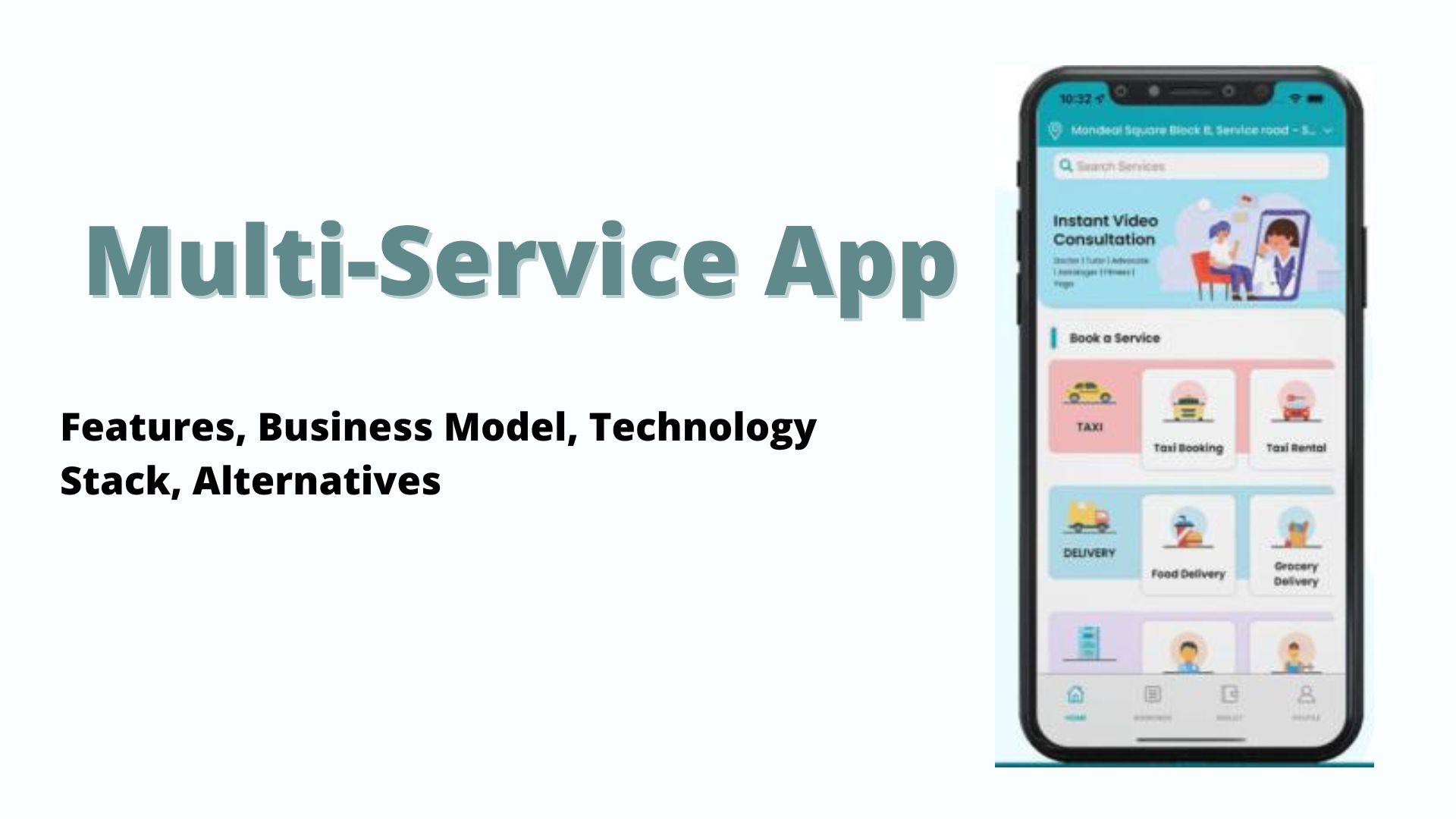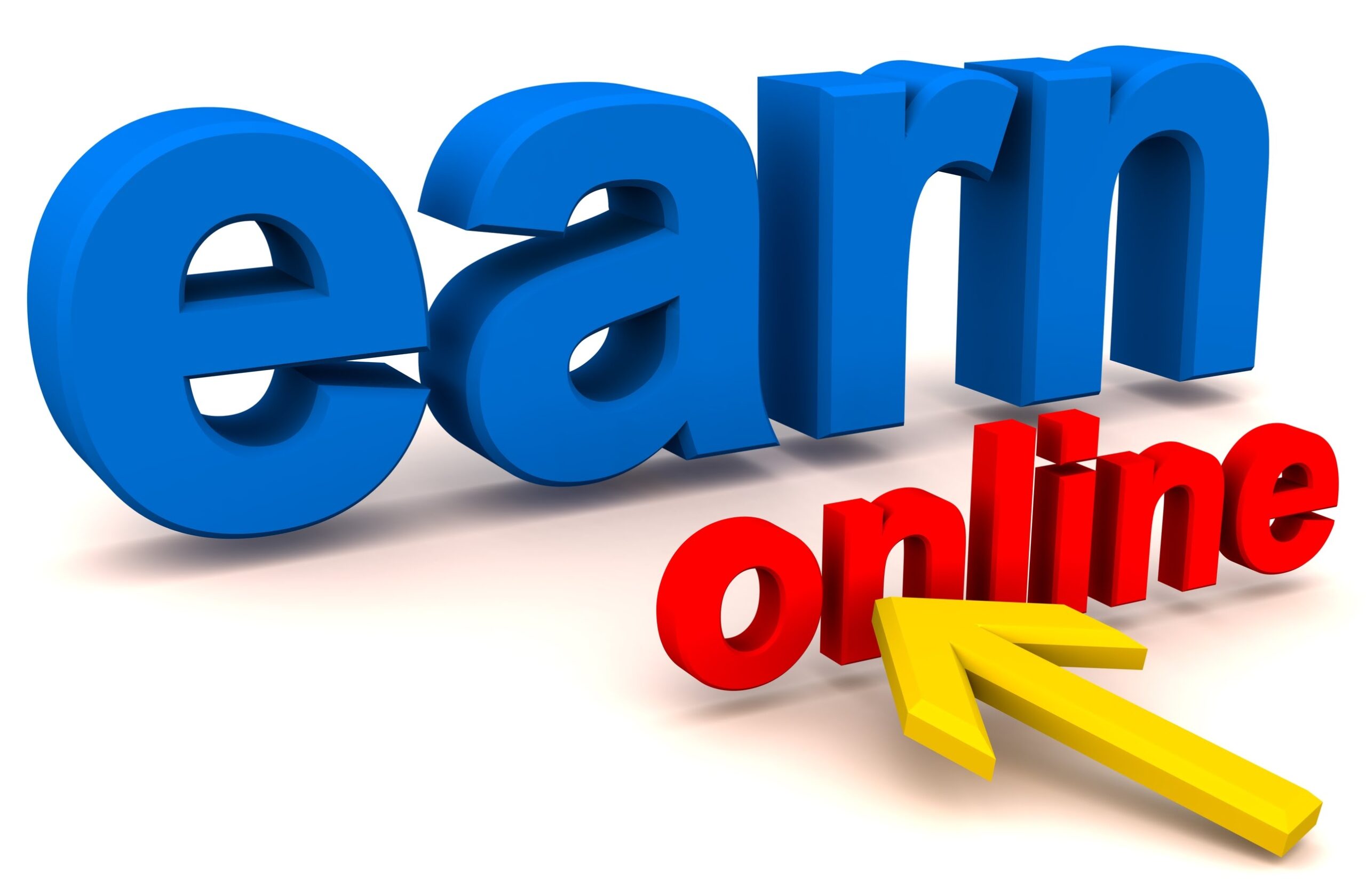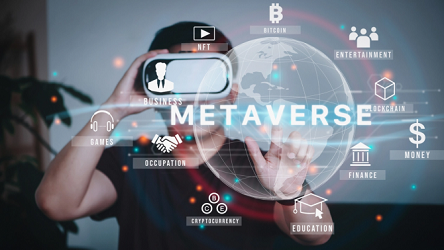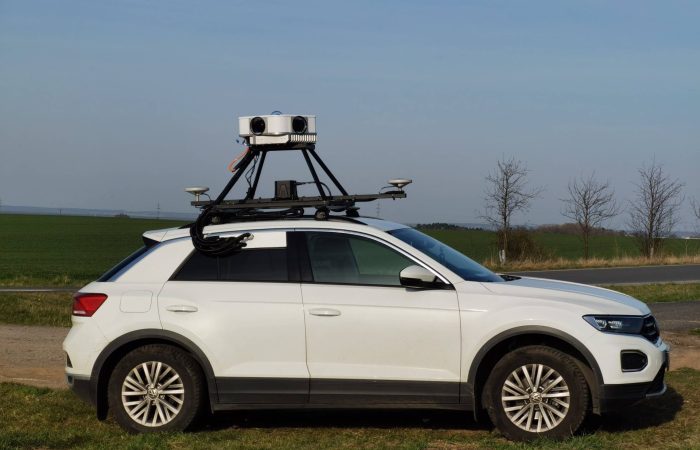A brief case study on the meaning and implications of multi-service applications – how they work, and why are they useful!
You might be an entrepreneur juggling everything from day-to-day operations to marketing, sales, and finances. Do you feel you’re the only one making important decisions and consistently putting out fires?
If that is the case, you might be self-employed, not an entrepreneur. As an entrepreneur, you need to figure out the differences between being in the business and in the company. If your business cannot function optimally without you being physically present all the time, then there’s a problem. As an entrepreneur, you need to be able to step back, take an overview, and see the macro picture of your business. That’s when you can direct, guide, and grow your business. To accomplish all this and more, you need to build a multi-service app like Uber to help you through your business operations. Dive right in if you agree, we’re going to indulge in detail.
You surely don’t want to miss out on any opportunities that come your way. It just does not feel right if you have an opportunity embarking at your doorstep and you are not able to step out to embrace it. If I assume that the thought of developing a local multi-service app like Grab might solve the issue, but you still need adequate resources to fulfill the purpose.
What is a multi-service app?
A multi-service app like Gojek will behave in a similar way as any other on-demand app. It can eventually turn out to be an umbrella solution for all your needs in the long run. One application can make you order groceries, order food, call a tutor, book a cab, call a nanny, call a lawn mower, call a handyman for your home cleaning, call a beautician, and any other service you can think about.
What is the purpose of a multi-service app?
An on-demand multi-service app acts as a seamless platform to launch multiple services. It allows users to book and avail of multiple services from one point. For this reason, it is also called a super app. It is designed to cater to the unintentional needs of the user, who are not able to install a separate app for every separate service and clutter their mobile device.
Premium Services Provided by On-demand Multi-service App Solution
Multi-app services can be categorized as follows:
Ride services – Taxi ride, Moto ride, Car rental, and Moto rental.
Delivery services – Food delivery, Courier delivery, Logistics delivery, Grocery delivery, Medicine delivery, Flower delivery, Fuel delivery, Plant delivery, Grocery delivery, Food delivery, Alcohol Delivery, Packaged Water Delivery, Pharmacy/Medications Delivery, Bouquet Delivery, Stationary Delivery, Courier Delivery, Ride booking, Ridesharing, Pick up and drop, Grocery shopping, Medicine delivery, Laundry service, Electrician, Send and Receive money, Massage services, Car washing services, Car maintenance/Mechanic services, Goods transfer services, Entertainment ticket-selling services, Fuel-delivery services, Grooming and salon services, House cleaning services, Liquor delivery services, Gifting, Flower delivery services, Courier delivery services, Hardware delivery services, etc.
Other services – Plumber, Electrician, Car wash, Fitness, Handyman, Car repair, and beauty services.
What features (illustrative) should you insert into your super app?
You need to discern if your super app is fulfilling the purpose for which you created it. Will it keep you away from installing other applications on your phone? Some features that will make your app stand out:
- Instant Login – with social media accounts or Google
- Schedule Bookings – In advance and get in-app notifications
- Book any service – With over 63+ service categories, users can choose any one of them all within the multi-service Gojek clone app
- Wallet – Out of a gamut of payment options, the white-label multi-service app can be enhanced by the presence of an in-app wallet.
- Bill estimation – That includes details on charges plus taxes.
- Real-time tracking – To give live location updates to the users
- In-App Chat – To directly connect users with service providers
- Live Currency Rates – To let users know about changing currency rates in real-time
More specifically,
Customer Panel
- Registration/Login
- Select a service
- Customer screen
- Live order tracking
- Profile set up
- Language and general setting
- Filter by location and other advanced filters
- Order details
- Order history
- In-app chat
- In-app call
- Schedule E-services
- Social media logins
- Ridesharing
- Fare assessment
- Calculated travel time
- Payment & checkout
- Review and Ratings
Service provider Panel
- Login/Signup
- Profile set up
- Dashboard
- Accept/Reject the order
- Manage orders
- Manage listings
- Manage vouchers
- Manage delivery timing
- Profit details
- Order details
- In-app chat
- In-app message
- Order service history
- Push notifications
- Check ratings
Delivery Panel
- Login/Signup
- Accept/Reject orders
- GPS navigation
- Incoming orders
- Push notifications
- Delivery status
- Order Status
- In-app call
- Reviews/Feedbacks
- Reports
Admin Panel
- Dashboard
- Manage vendors
- Manage categories
- General settings
- Manage customers
- Manage deliveries
- Manage products
- Manage multi-services
- Manage delivery areas
- Manage multi-currency
- Manage orders
- Feedbacks and reviews
- Manage multi-currency
- Control management
- Social media profile management
- Track orders
- Order details
- Payment gateways
- CMS activity & logs
- Push notifications
- Loyalty programs
- Reports
What technologies will make it stand out?
- Cross-Platform Development: React Native, Flutter, or Xamarin.
- Cloud Services: Amazon Web Services (AWS), Google Cloud Platform (GCP), or Microsoft Azure.
- Backend Framework: Node.js, Django, or Ruby on Rails.
- Database: PostgreSQL, MySQL, and MongoDB.
- Front-end Frameworks: Vue, React, Angular, and NextJS.
What steps should you follow to develop a Super App?
Application development companies need to hire a mobile app developer that follows SDLC phases, one at a time, and traverses till the final deployment. It goes like:
- Requirement gathering: This remains the post-critical phase in the software development life cycle (SDLC) and requires careful planning, research, and collaboration. It includes technical requirements like operating system, screen resolution, third-party services, and tools integration. plus, you need to consider some functional requirements like the purpose of your app, how people will interact with it, and any special features or functionality that you want to include.
- Exploring concepts: You need to consider the market, target audience, problem to be addressed, and key performance indicators that will be used to measure the success of the app. It is important for the mobile app development company to research during the concept phase. Creating mockups, prototypes, and minimum viable products (MVP) can help the software development company in testing the market and see if there is demand for the product before investing in the full development.
- Design sprints: Prepare a roadmap, a blueprint, or a sketch that will help you move confidently and avoid wasting time on the wrong solution. Understand users’ needs, their pain points, and what motivates them, and define the success metrics. Brainstorm the solutions using Post-it notes, sketching, and whiteboarding. Pick the best idea, test it for feasibility with other users, and make a storyboard. Create a prototype based on the chosen idea and test it. Perform one-on-one usability assessments with 5-6 individuals belonging to the primary target audience of the product and pose effective inquiries to get valuable feedback.
- App Development: While prototyping involves creating a preliminary model, or a rough or the first draft of the application, the final development process requires a more extensive and advanced method encompassing technical architecture, project milestones, and software stack.
- Continuous Release and continuous integration for alpha/beta testing: Continuous release and continuous integration, coupled with alpha/beta testing can provide developers with quick and continuous feedback on the app’s performance, stability, and usability. It lets them integrate code changes, and automatically release updated builds to alpha/beta testers. This process also enables them to identify any issues in the build at the earliest and enables rapid iteration and improvement.
- Submitting the app to the app store/play store: You need to ensure that your mobile application meets industry standards, and is designed to deliver quality experience for users. It is important to submit the app on the app store to avoid app rejection, ensure consistency, protect users, provide clarity, and stay updated.
- Continuous updates and post-development services: Frequent and periodic updates are crucial for the success of any super app. It is crucial to incorporate new features, bug fixes, and enhancements to keep it up to date. Super apps or multi-service apps are quite complex and require continuous updates and post-development service or maintenance contracts. To keep users engaged, it is important to add new features, optimize existing features, and fix any lurking issues and bugs. As an essential part of mobile app development, regular testing ensures that the app runs smoothly, and is free of bugs.
Post-development services like maintenance and support ensure that bugs are fixed, user inquiries are answered and regular updates are integrated. Monitoring and analytics tools provide insights into how users interact with the app, performance issues are identified, and decision-making can be done based on updates and improvements.
What should be the cost to create a super multi-service app like Gojek, Uber, or Grab?
While the cost to create a multi-service app varies from company to company, the approximate cost comes to around $20,000 (US); mobile app development companies in USA consider more determinants like:
- Advanced features to integrate
- Third-party integrations
- Application’s functionalities
- UI/UX designing
- Location of an app development company
- Maintenance
- Total number of hours
- Quality testing, etc.
What things should you keep in mind while developing a super app or a multi-service app?
While creating a multi-service app, you need to check all the diversified services that customers require. You need to be upright with your research, to have a competitive edge in the market. Seek help, identify, and study your target audience. Get into the details of every challenge and focus on creating an engaging user interface that facilitates easy navigation between pages.
Key Takeaways: What can you do more, and how can you best use the multi-service app?
A multi-service app provider can help you handle everything from day-to-day operations to marketing, sales, firefighting, and finances. It will help you delegate tasks and responsibilities to capable employees. Hire people who are experts in their fields. It will help you trust your team to handle things without your constant pressure. It will enable you to focus on the bigger picture and set goals for the business. It will help you identify areas for improvement and growth. It will enable you to create and follow a strategic plan. And of course let to set aside some time for planning, analysis, and reflection.







